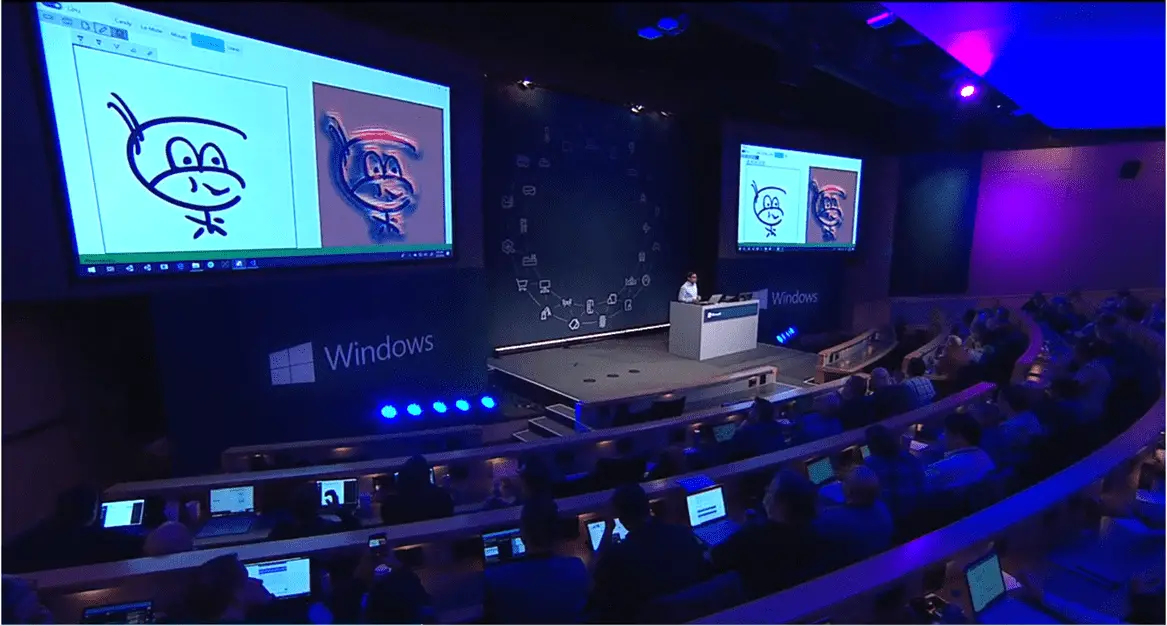
Microsoft announced at its Windows Developers Day event on March 7 that it will launch Windows ML, an AI platform for Windows developers to help developers bring their machine learning models that they train in the cloud into their desktop applications.

Image: Microsoft
Windows ML will be added when the next major version of Windows is released. It will support the use of GPUs on the local machine, allowing developers to run their models in real time without going to the cloud. That said, developers can now easily build their own models in the cloud and then easily integrate these models with their desktop applications using Visual Studio and other tools Microsoft is building for it.
Microsoft stated on its official Windows blog that Windows ML brings the following benefits to developers:
- Low latency, real-time results. Windows can perform AI evaluation tasks using the local processing capabilities of the PC, enabling real-time analysis of large local data such as images and video. Results can be delivered quickly and efficiently for use in performance intensive workloads like game engines, or background tasks such as indexing for search.
- Reduced operational costs. Together with Microsoft’s Cloud AI platform, developers can build affordable, end-to-end AI solutions that combine training models in Azure with deployment to Windows devices for evaluation. Significant savings can be realized by reducing or eliminating costs associated with bandwidth due to ingestion of large data sets, such as camera footage or sensor telemetry. Complex workloads can be processed in real-time on the edge, with minimal sample data sent to the cloud for improved training on observations.
- Flexibility. Developers can choose to perform AI tasks on device or in the cloud based on what their customers & scenarios need. AI processing can happen on the device if it becomes disconnected, or in scenarios where data cannot be sent to the cloud due to cost, size, policy or customer preference.
It is reported that the core of Windows ML is Onnx, an industry-standard format supported by Microsoft, Facebook, and Amazon that allows developers to convert Caffe2, PyTorch, CNTK, and other models to Onnx format for on-demand use. Microsoft will also allow developers to use the Azure Custom Vision Service to build an image recognition model and export it for use with Windows ML.
In addition, starting from the next preview release of Visual Studio 15.7, developers can add ONNX files to their UWP application and Visual Studio will generate a model interface for the project. For developers using previous versions of Visual Studio, the MLGen tool can be used to generate the interactive interface and then manually add it to the project.